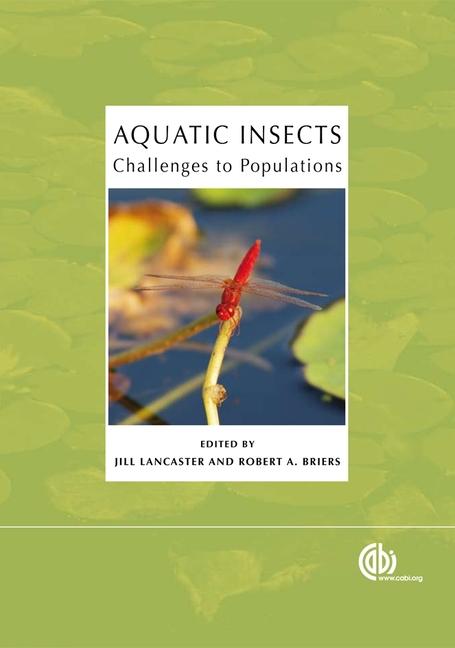Insects are a diverse, numerous and important group in aquatic habitats, occupying key functional and ecological roles. This edited volume brings together acknowledged experts in often disparate fields ranging from physiology through ecology to evolution to consider in a unified manner the challenges facing insect populations in aquatic environments and how they have adapted to achieve such prominence in virtually all habitats. It will be of central interest to researchers and students in aquatic insects and general entomology.
Inhaltsverzeichnis
1) Aquatic Insect Adaptations to Winter Cold and Ice; 2) Saline-Water Insects: Ecology, Physiology and Evolution; 3) Larval Cannibalism and Population Dynamics of Dragonflies; 4) The Ecology of Host-Parasite Interactions in Aquatic Insects; 5) Effects of Drought on Stream Insects and its Ecological Consequences; 6) The Effect of Floods on Aquatic Invertebrate Communities; 7) Life-History and Behavioural Adaptation to Flow Regime in Aquatic Insects; 8) Movement and Dispersion of Insects in Stream Channels. What Role does Flow Play?; 9) Population Responses of Drifting Stream Invertebrates to Spatial Environmental Variability: An Emerging Conceptual Framework; 10) What is the Spatial Structure of Stream Invertebrate Populations? Dispersal Behaviour at Different Life-history Stages; 11) Polarization Vision in Aquatic Insects and Ecological Traps for Polarotactic Insects; 12) Evolution and Physiology of Flight in Aquatic Insects; 13) Evolutionary Drivers and the Ecological Traits of Adult Aquatic Insects; 14) Population Genetic Structure in Streams: What have we Learned?; 15) Habitat Constraints and the Generation of Diversity in Freshwater Macroinvertebrates.
